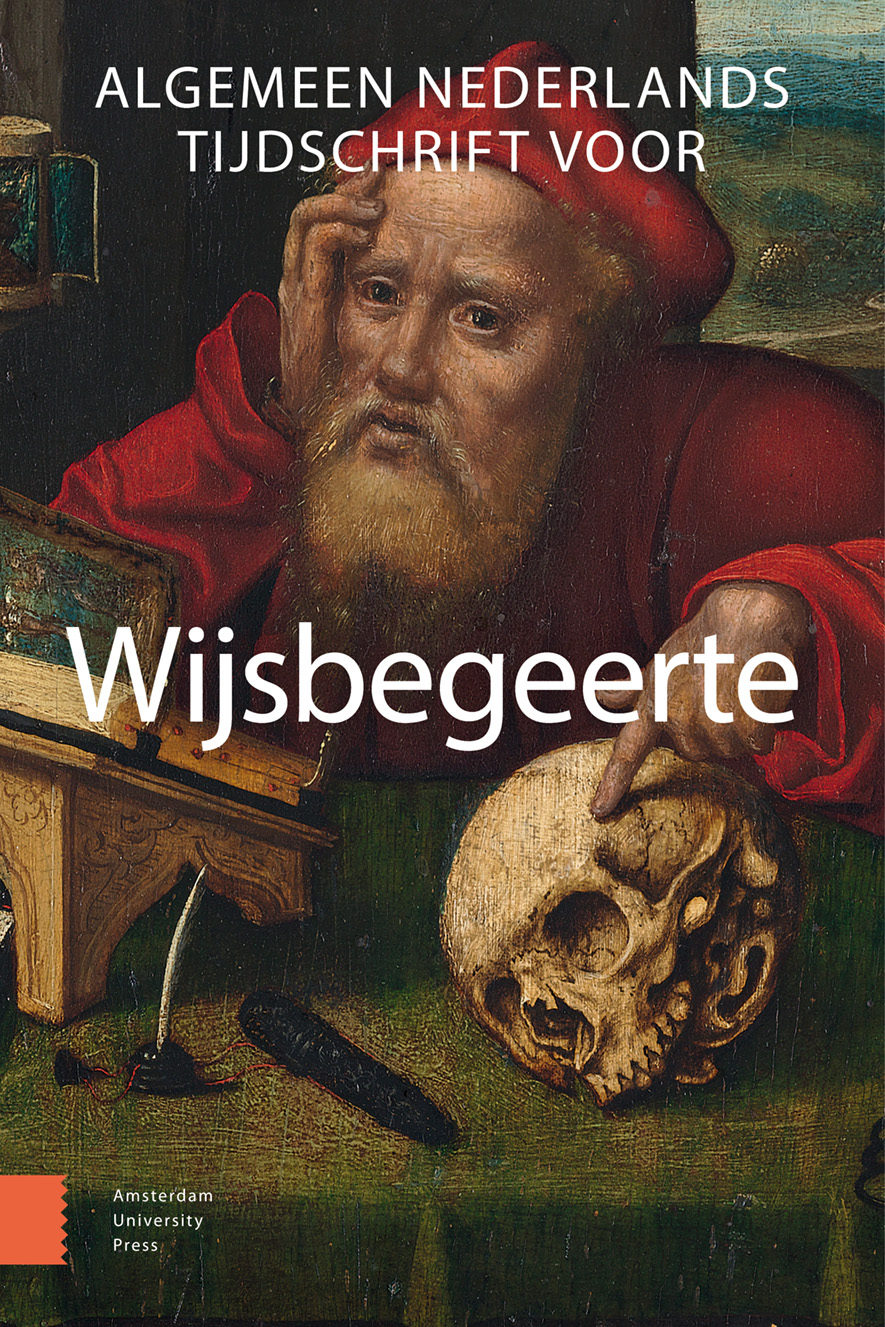-
oa Omgaan met het existentiële risico van synthetische biologie
- Amsterdam University Press
- Source: Algemeen Nederlands Tijdschrift voor Wijsbegeerte, Volume 111, Issue 4, Nov 2019, p. 605 - 620
-
- 01 Nov 2019
Abstract
Coping with the existential risk of synthetic biology
Synthetic biology (synbio) is a domain in full development, with a potentially big impact on humanity, both in a positive and a negative way. In that sense, synbio is not unique. After a short introduction into synbio, we survey the natural phenomena and technologies that can lead to a premature extinction of Earth-originating life or that can lead to the permanent and drastic reduction of its potential. Within that framework, synbio can be classified as an anthropogenic existential risk in the short term.
This leads to the question of how to deal with such risky technologies taking into account existential risks. For emerging technologies, Europe has chosen to be guided by the precautionary principle, focussing heavily on the prevention of possible harm. Implementing the principle has however not been able to offset the increase in anthropogenic existential risks. In addition the principle prevents synbio to play an important role in mitigating intermediate existential risks. Hence, there are reasons to abandon the precautionary principle in favour of a European version of the proactionary principle.


